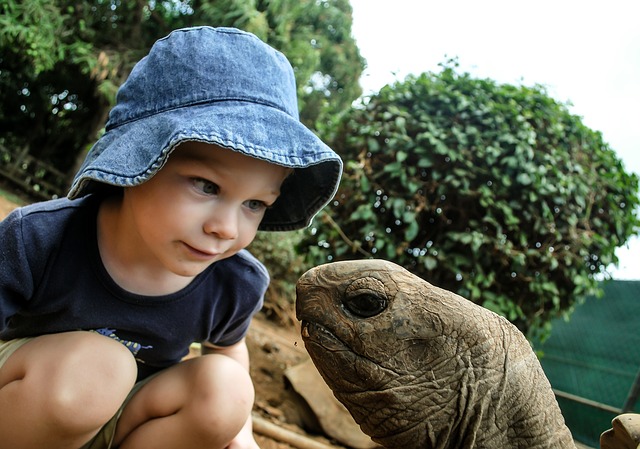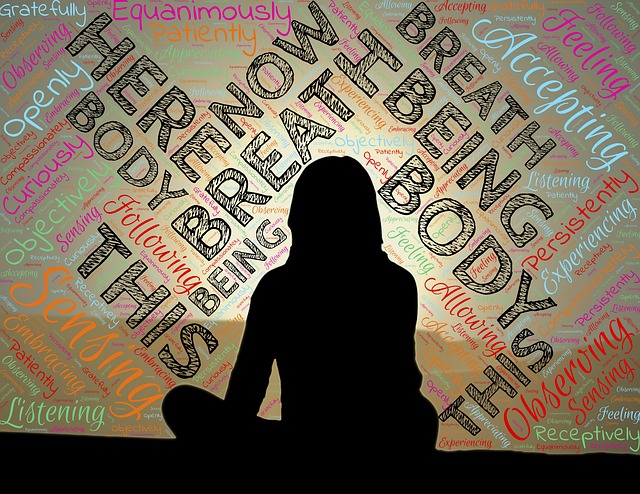As we grow in mindfulness we start to learn the many ways that mindfulness can improve the quality of our lives.
The quality of life of many chronic pain sufferers has been improved through mindfulness meditation for pain relief, pioneered by Jon Kabat-Zinn.
This resource which is available in CD format or audio download, provides an insight into how mindfulness can help you manage chronic pain as well as mindfulness meditations that can be used for pain relief.
Jon Kabat-Zinn, the founder of mindfulness-based stress reduction (MBSR), maintains that current neuroscience research supports the idea that the more we become aware of the pain in our body and mind, the better we are able to manage pain and improve the quality of our life. The research shows that awareness of the body-in-pain compared to distraction from pain, has a greater benefit and provides a more sustainable release from the physical and emotional impact of chronic pain.
We all experience the unwanted parts of life, pain and suffering, at some time in our lives – some people for longer than others through the experience of chronic pain. Mindfulness meditation can help us relieve not only the physical aspects of pain but also the emotional impacts which can take the form of frustration, depression, annoyance, anger and the inability to concentrate. We can expend so much of our energy and focus just managing the pain that we are quickly exhausted and unable to concentrate.
Jon Kabat-Zinn provides an introduction to his mindfulness meditation for pain relief and this free resource, which includes meditation practice, can help you realise the potential benefits of this approach for improving the quality of your life:
Jon Kabat-Zinn assures us that through mindfulness meditation we can come to realise:
- we are not alone in experiencing pain; and
- learning to live with pain is possible.
He makes the salient point that managing pain is part of the work of mindfulness itself and that by participating in mindfulness meditation for pain relief, we are immersing ourselves in the global mindfulness movement that is raising global consciousness – people all around the world are becoming more mindful and we are contributing to this movement that promotes peace, harmony, loving kindness and awareness of others and nature. Our self-compassion through pain management is contributing to compassion for others.
We can grow in mindfulness in many ways. The drivers for our motivation to practice mindfulness can also be many and varied. If you are a chronic pain sufferer, this experience could provide the motivation to develop mindfulness for pain relief.
By Ron Passfield – Copyright (Creative Commons license, Attribution–Non Commercial–No Derivatives)
Image source: Courtesy of Sae Kawaii on Pixabay









